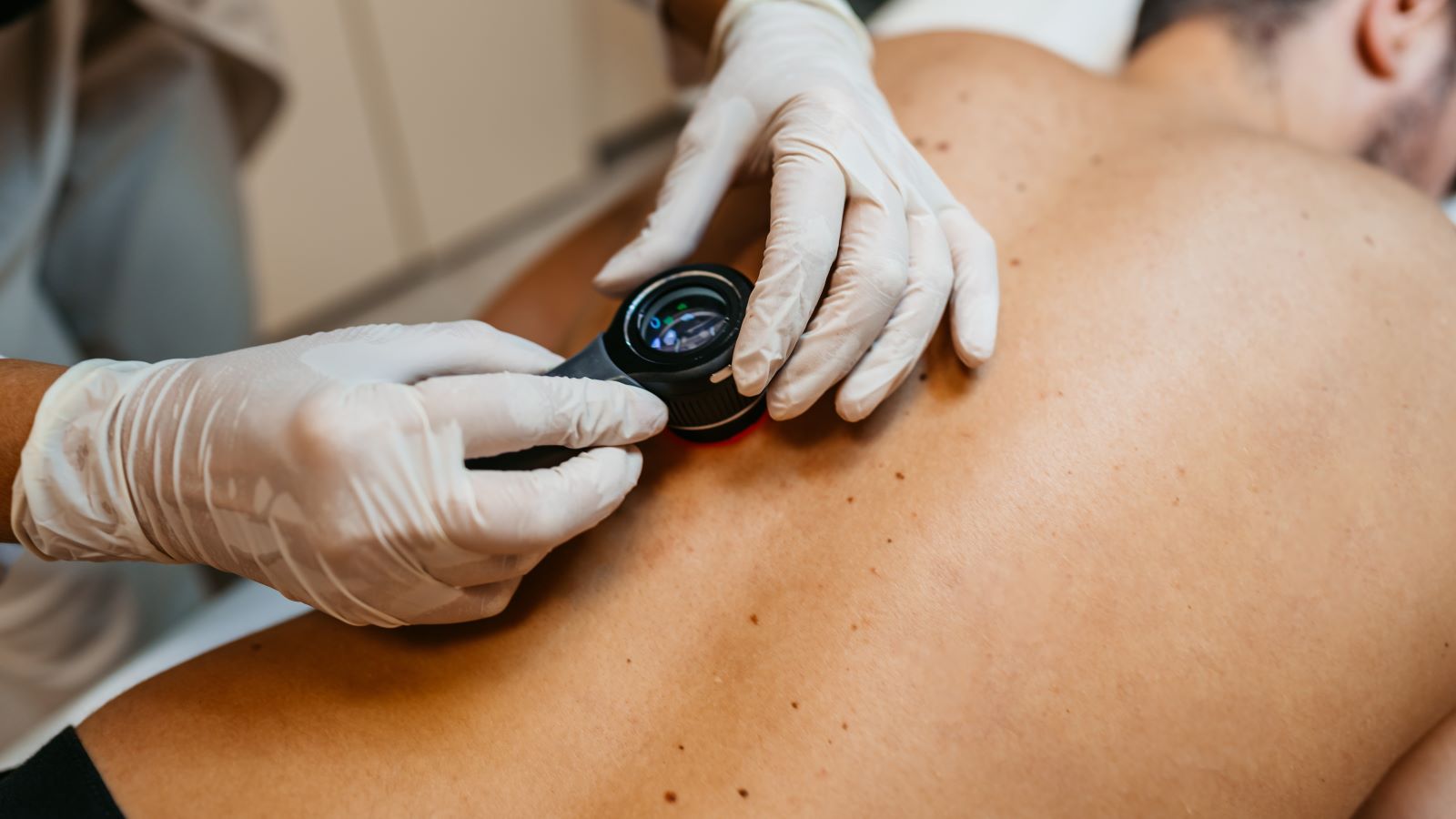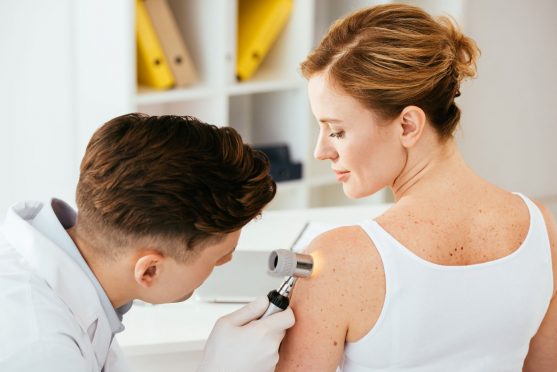We’ve all heard about the differences in how men and women think, communicate and even shop.
But is the most common location of skin cancer yet another area where gender matters?
We asked Jill Rubinstein, MD, PhD, surgical oncologist with the Hartford HealthCare Cancer Institute at St. Vincent’s Medical Center in Bridgeport, to break it down.
Connect with a skin cancer specialist
Skin cancer locations vary by gender.
For men, skin cancer is more commonly found on the:
- Torso, both front and back
- Scalp
Women, on the other hand, are more likely to experience skin cancer on:
- Lower legs
> Related: 5 Risk Factors for Skin Cancer You Should Know
UV exposure differences may be partly to blame.
One reason for the difference in skin cancer location may be UV exposure patterns.
For example, men have more skin exposed on their torsos while swimming or doing outdoor activities. And shorter hair and bald heads may attribute to melanomas on the scalp.
“Patterns of UV exposure almost certainly contribute, but may not explain entirely, the gender difference,” says Dr. Rubinstein.
Even parts of your body that aren’t exposed to UV are at risk.
Skin cancer is usually caused by exposure to UV rays. But that doesn’t mean that places on the body with little to no sun exposure aren’t at risk.
attributed to a person’s lifetime exposure to ultraviolet, or UV, rays from the sun. That doesn’t eliminate places on the body that have little or no sun exposure, though.
“It’s important to remember that while UV exposure is a big, modifiable risk factor – meaning we can limit the time we spend in the sun and use protective sunscreen and clothing to block the rays – there is also just a baseline risk of developing a melanoma, regardless of skin color or lifestyle,” Dr. Rubinstein says. “Melanomas can form in any location on the skin, and in areas other than the skin, such as the eye and in mucosal surfaces of the GI tract and genital areas.”
3 steps to protect yourself from skin cancer.
The best protection against melanoma is shielding your skin from UV rays through:
- Sun avoidance
- Sun protective clothing, including rash guard shirts to cover the torso while swimming
- Sunscreen with SPF 30 or higher
“This protects against almost 97% of the UV radiation. You can increase that by going up in number, but the gain is relatively small. For example, going up to SPF 50 brings you to about 98% protection,” she explains.
When choosing a sunscreen – which should be reapplied often while outdoors – opt for one containing “broad-spectrum” coverage, meaning it protects against UVA and UVB sun rays.



